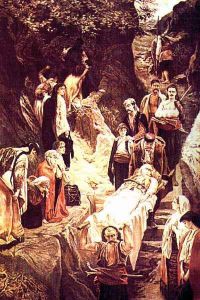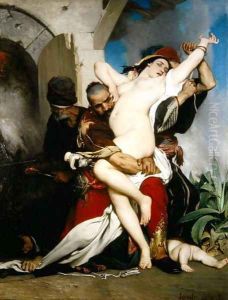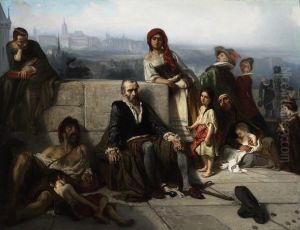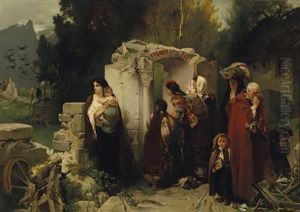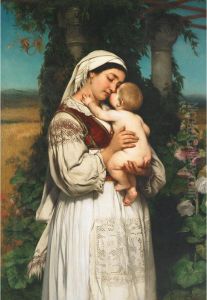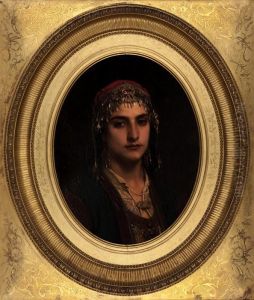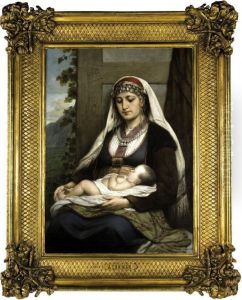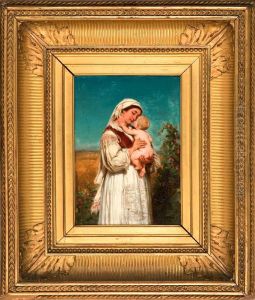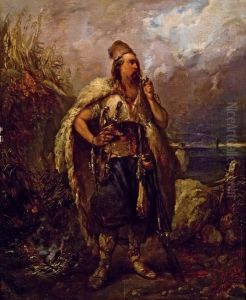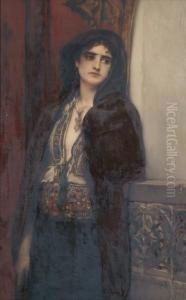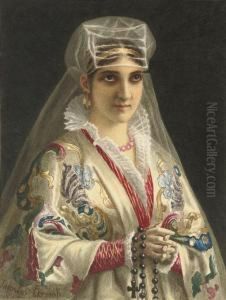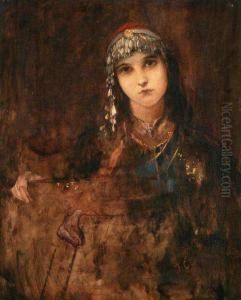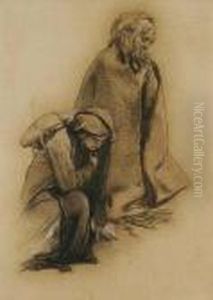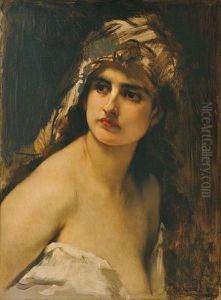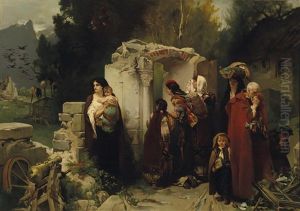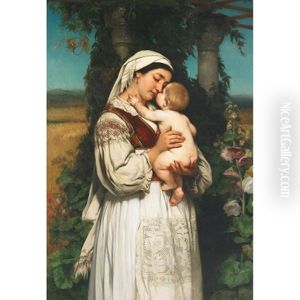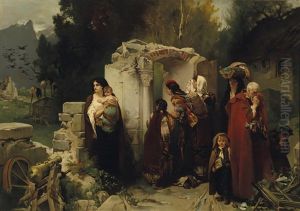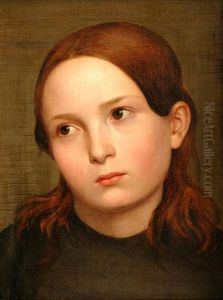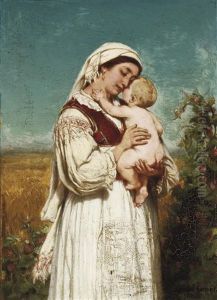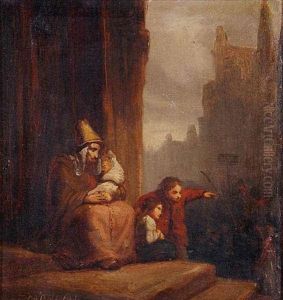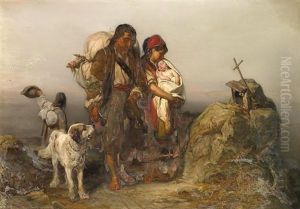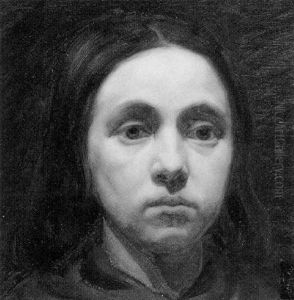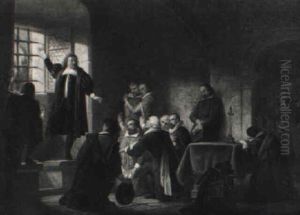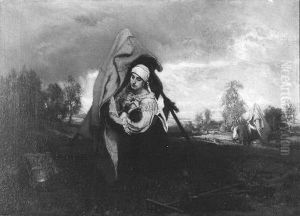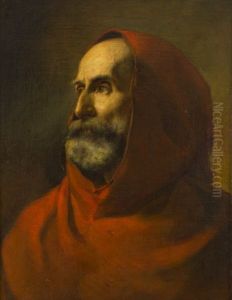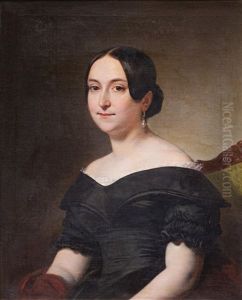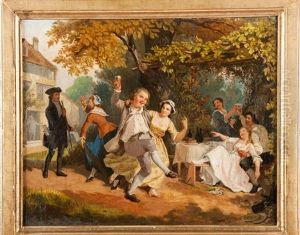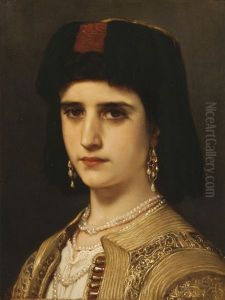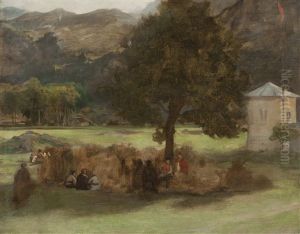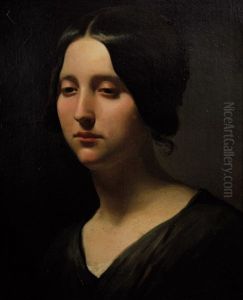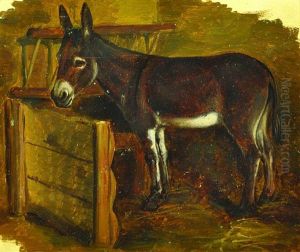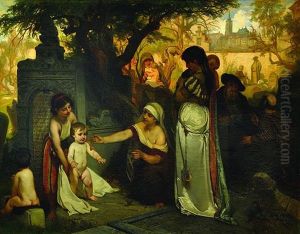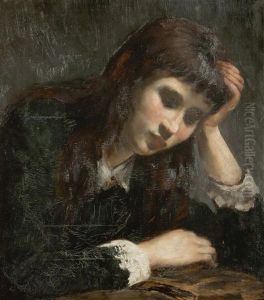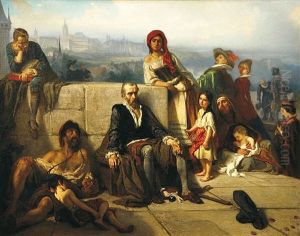Jaroslav Cermak Paintings
Jaroslav Čermák was a distinguished Czech painter known for his contributions to the 19th-century European art scene, especially in the genre of historical and genre painting. Born on September 1, 1831, in Prague, then part of the Austrian Empire, Čermák showed an early interest in the arts. He initially studied at the Academy of Fine Arts in Prague before moving to Antwerp, where he continued his education under the guidance of Gustave Wappers, a significant figure in the Romantic movement.
Čermák's work was heavily influenced by his travels throughout Europe, including stays in Italy, France, and especially in Russia. His time in Russia exposed him to the rich cultural tapestry of the East, and this influence is evident in many of his works which often depicted scenes from Balkan history and folklore. He was particularly fascinated with the lives and customs of the South Slavic people, and his paintings frequently reflected his romanticized vision of their struggles and everyday life.
Despite being Czech by birth, Čermák achieved considerable fame in Russia and was well-regarded by the Russian nobility and intellectual elite. His paintings also received recognition in Western Europe, and he participated in various exhibitions, receiving accolades for his vivid storytelling and mastery of color and detail.
Čermák's most notable works include 'The Death of Wallenstein', which showcases his skill in historical narrative, and 'The Wounded Montenegrin', a testament to his ability to portray emotive, heroic subjects. His style blends elements of Romanticism with a realistic portrayal of his subjects, often focusing on dramatic, poignant moments.
Jaroslav Čermák's career was unfortunately cut short when he died at the age of 47 on April 23, 1878, in Paris, France. His legacy endures in the Czech Republic and beyond, with his works being held in high esteem by art historians and collectors, and he remains an inspirational figure for Czech artists to this day.
